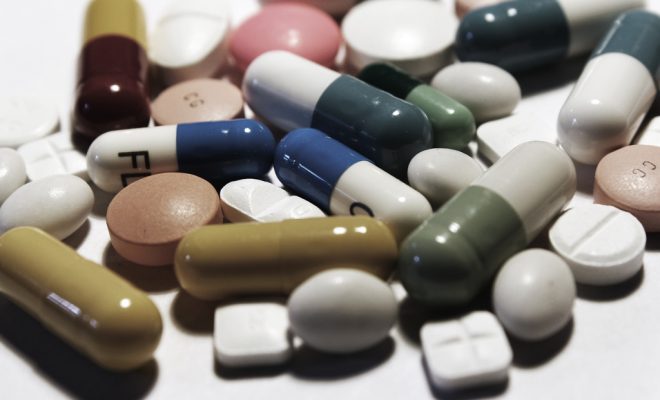 "Pills" Courtesy of e-Magine Art : License (CC BY 2.0)
"Pills" Courtesy of e-Magine Art : License (CC BY 2.0)
World
India’s Low Drug Prices: Do They Lead to a Struggle for Health Care Accessibility?
This week, India’s National Pharmaceutical Pricing Authority (NPPA) imposed measures that significantly cut the prices of a variety of “essential” drugs, including drugs that treat cancer. These price controls are by no means unprecedented. For decades, the Indian government has worked to keep drug costs low, which has often meant bucking international drug patenting and pricing norms. In doing so India nurtured and developed a massive generic drug industry. While the Indian government must not be admonished for keeping drug costs low, its longstanding obsession with cheap drugs may distract from broader health care accessibility issues.
In 1970, India passed a newly revised Patents Act, which upended the Indian pharmaceutical industry. The act stipulated pharmaceutical patents would only be issued to drugs that exhibited “one or more inventive step(s).” While this language seems relatively innocuous, it totally changed the way in which pharmaceutical corporations conduct business.
Drug patents allow holders to charge high prices because patents ensure market exclusivity for a given period of time. However, in order to maintain market exclusivity, drug companies engage in a practice known as “evergreening.” In most countries, patent laws are such that pharmaceutical companies are able to extend patents and maintain monopolies by making trivial modifications to an already patented product. According to the American Medical Association, these slight alterations allow patent holders to claim they are releasing a new, innovative drug and extend their exclusive rights over said drug “despite the absence of any compelling pharmacologic difference.” In the United States, companies do all sorts of things to “evergreen” drugs including “obtaining additional patents on other aspects of a drug, including its coating, salt moiety, formulation, and method of administration.”
The language in India’s 1970 act is such that companies selling drugs in India would no longer be able to get a patent unless they were offering a new and “inventive” drug. Companies would no longer be able to patent known drugs in an attempt to extend a market monopoly. As a result, a drug that might have enjoyed patent protection elsewhere, would not be protected under Indian patent policy. Soon after this policy shift, India’s generic drug industry exploded, and domestic drug prices plummeted. Before long, India became one of the world’s largest pharmaceutical exporters.
India has made changes to its patent policy over the years, but its generic drug industry continues to operate and thrive under legal conditions set in motion by the 1970 act. Ironically, India’s largest manufacturers are beginning to push back against price-oriented policies that brought them into existence.
While India’s patent polices undermined evergreening practices, price controls were instituted as an additional means of keeping drugs affordable. The creation of a generic drug industry worked to cut costs by undermining market monopolies but, as time went on, India’s most prominent manufacturers of generic drugs were able to brand their products and charge premiums. Price controls were used to ensure these premium prices were not excessive compared to the average cost of other generics.
Whereas India’s patent laws prevent multinational corporations from charging exorbitant prices in monopolized markets, India’s price controls prevent domestic manufacturers of generic drugs from charging more for a drug that bears their brand. Just as multinational corporations argued India’s patent policies stifle innovation, domestic manufacturers arguing that price control affect their ability to operate. In 2012, the government even went as far as suggesting “a future where we will not issue any brand or trade names.”
India’s government should not be criticized for ending price gouging tactics. Multinational corporations should not be able to exclude swaths of people from access to drugs by manipulating patent policy and extending market exclusivity, and cheap generics are crucial in a country where around 78 percent of the population pays for health care out-of-pocket. However, while access to cheap drugs is vital, the government’s health care policy is largely defined by its longstanding obsession with the generic industry and domestic drug prices.
Decades of policies ensuring cheap and readily accessible drugs have helped improve access for many but may have distracted from more holistic attempts at improving health care accessibility. Yet, notwithstanding cheap drug prices, studies have show health care costs are responsible for half of all Indian households falling into poverty. This most recent round of price controls on essential generic drugs came as no surprise, and that might be an issue. India’s pushback to the international patent regime is commendable but cheap drugs should not be treated as the end all be all of health care accessibility.








Comments